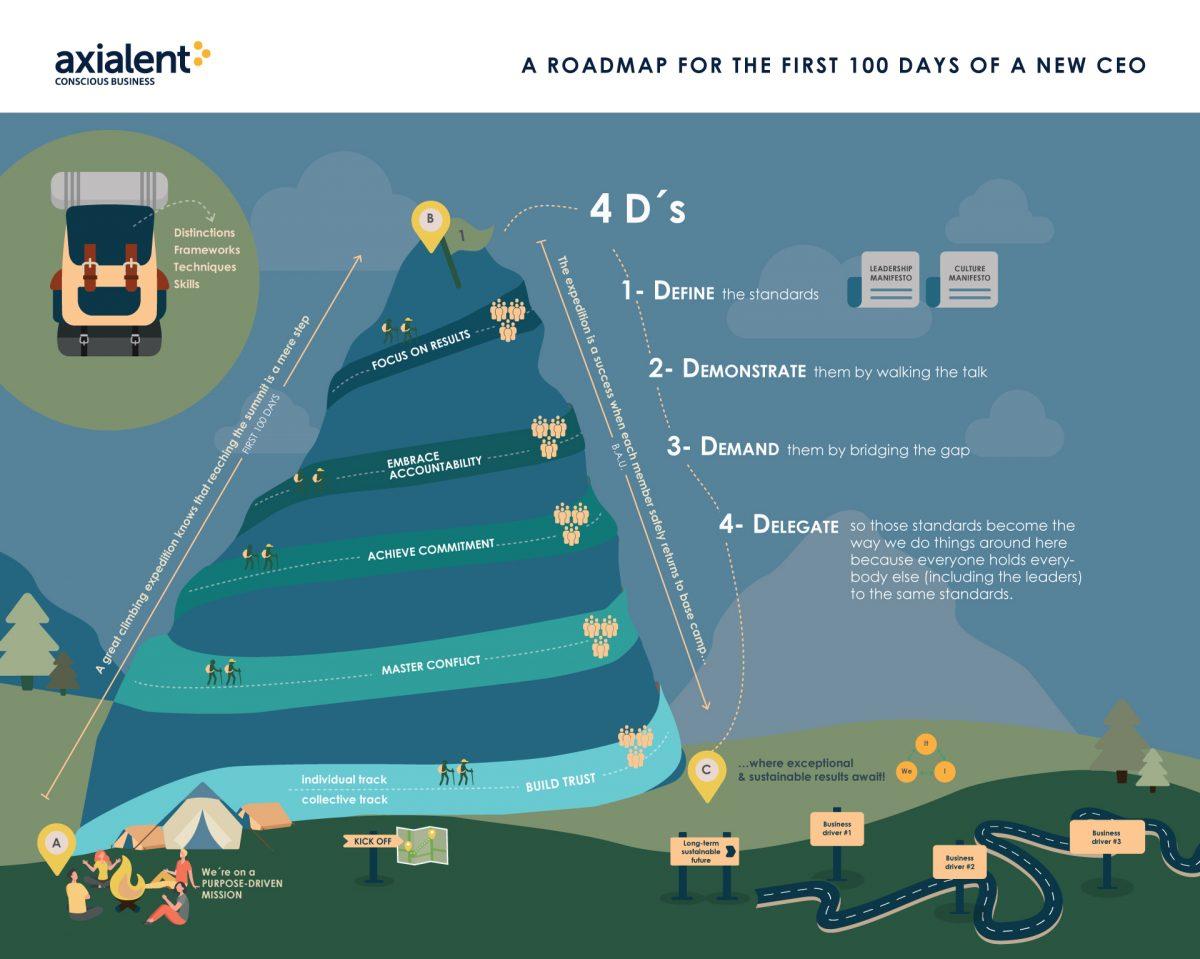Many organizations have identified the need to drive culture change to adapt to evolving business needs and strategies and new ways of working and retaining talent. The need is clear, and the desire is there. So, what gets in the way of actual change happening?
Most culture change efforts start with a lot of energy but quickly lose steam. We start seeing the tell-tale signs that we’re not moving forward:
- Senior leaders dedicate less time and focus
- Culture activities get cancelled or postponed
- Initiatives are superficial and there’s no real effort to change mindsets and behaviors that get in the way
- Focus is on storytelling, but not on “story doing”
As time goes on, it gets difficult to remember why we were doing this to begin with. Because we don’t know what got us here, we wonder, can we really change? We start focusing on all the reasons why we can’t change instead of what we are missing by not changing — what other possibilities could exist.
Unfortunately, sometimes it takes a shock to the system, a call to consciousness to make us focus back on culture – an incident that publicly exposes detrimental behaviors permeating the company and tarnishes the brand, talented people leaving due to burnout and disengagement, crippling bureaucracy or missed growth opportunities.
If you are a leader or culture champion, you may be wondering: How can we jumpstart the culture change? How can we spark renewed enthusiasm and support? Instead of looking for a recipe for success, we encourage you to address the challenge with curiosity, one conversation at a time. Contemplate who you need support from to reenergize the process and how you can best engage them in discussing the following questions:
- Who is in? Who is indifferent? Who is out? Why is that the case?
- Are we clear on why culture matters to our business?
- Are we aligned on what needs to change about the way we do things today?
- What is holding us back from making the necessary shifts?
- How can we quickly demonstrate that things are changing?
- As leaders, how do we need to change to ourselves?
- What commitments are we willing to make?
- What support do we need to fulfill those commitments?
Conventional wisdom is that change takes time; in reality, what it takes is intention and practice. Culture changes one conversation at a time. If your culture journey is stuck, jumpstart it by creating a safe space to discuss the questions above constructively. It may sound counterintuitive, but instead of doing more and going fast, it may be better to focus on less and take time to reflect. Don’t get discouraged if things don’t happen in the first conversation. Change requires intention, inspiration, a simple plan, and practice.





 Beginnings, or new beginnings, are exciting. They create momentum, but it’s a hard job to keep the flame alive. If the leadership team does an excellent job with the four D’s mentioned in article two, there’s a higher chance that the flame will last longer. However, they will need a sustainable fuel source for that flame because eventually, it will die out. No matter how well-intended the leaders are, their behaviors are not enough to consolidate an evolving or transforming culture. Culture needs to be hinged on systems to endure.
Beginnings, or new beginnings, are exciting. They create momentum, but it’s a hard job to keep the flame alive. If the leadership team does an excellent job with the four D’s mentioned in article two, there’s a higher chance that the flame will last longer. However, they will need a sustainable fuel source for that flame because eventually, it will die out. No matter how well-intended the leaders are, their behaviors are not enough to consolidate an evolving or transforming culture. Culture needs to be hinged on systems to endure.
 Compassionate leadership does not mean being “soft with people” and not holding them accountable. It certainly does not propose giving up business results in pursuit of caring for people or make them feel connected. At the heart of compassionate leadership lies the ability to recognize the potential and need of every human being and help them develop and grow in service of the business needs.
Compassionate leadership does not mean being “soft with people” and not holding them accountable. It certainly does not propose giving up business results in pursuit of caring for people or make them feel connected. At the heart of compassionate leadership lies the ability to recognize the potential and need of every human being and help them develop and grow in service of the business needs.
 One of the first outcomes of the leadership team journey described in the
One of the first outcomes of the leadership team journey described in the 


 To whom are we roped?
To whom are we roped? 

